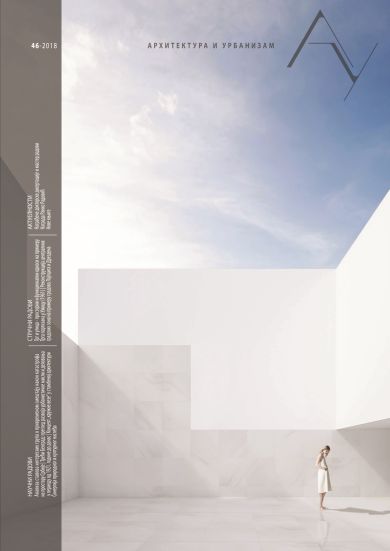URBANISM AND NATURE OF THE THIRD BELGRADE: FROM EUROPEAN CONCEPT OF PLANNING BELGRADE TO THE DEVELOPMENT MODEL OF THE DUNAVGRAD IN 1972
Abstract
Belgrade's geographical position, as a city at the confluence of two European rivers, was one of the basic preconditions for the morphogenesis of the city's territory and its development towards a wider metropolitan area. Throughout the historical periods, there was a gradual development of Belgrade river banks, on the basis of which can be recognized the spatial-morphological system of Old and New Belgrade, within which the left riverside of the Danube represents the new development spatial framework of Third Belgrade - the town on the third riverside, but also the city that opens the new epoch of planned urbanization and controlled expansion of the city territory.
The contribution of this paper is to establish a comprehensive overview of urban planning of spatial framework for left riverside of Danube through individual and chronological review of formal and informational planning documents and development models relevant to the subject area with parallel explication of research and regulatory frameworks. Through analysis of plans and studies, the potential of natural, climatic and geological aspects is particularly emphasized as the basic resource for developing plans and strategies in the future.

